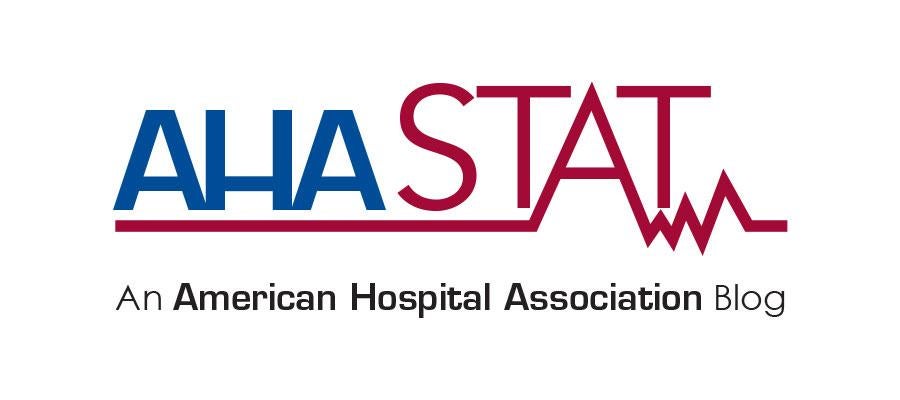What a Recent Health Affairs Piece Gets Wrong about Hospital Finances and Charity Care

A recently published article in Health Affairs on hospital finances and financial assistance uses a flawed, debunked methodology to justify preconceived conclusions about how hospitals manage their finances. Even the authors admit that they have not accounted for broader coverage trends that may directly affect how they have measured financial assistance, which is an irreconcilable limitation. As a result, this article is of no real value to policymakers and other stakeholders. Of note, this study was funded by Arnold Ventures, an organization that has a history of funding misleading and one-sided reports.
Among the report’s obvious deficiencies are:
- The report relies heavily on the flawed National Academy for State Health Policy (NASHP) hospital cost tool methodology that inflates hospital profits. The NASHP tool, which is supported by Arnold Ventures, systematically underrepresents true hospitals costs and fails to include certain costs altogether, such as Medicare bad debts net of those reimbursed by CMS, as well as costs associated with medical education. For example, NASHP's calculation of operating revenues includes CMS reimbursement for Medicare allowable bad debts but does not not reflect that this reimbursement only covers 65% of the allowable bad debt. Specifically, the tool does not commensurately recognize the loss (or cost) for the remaining 35%.
This results in the tool calculating far larger profit margins that do not accurately reflect the hospital field’s true financial situation. By contrast, Kaufman Hall’s latest National Hospital Flash Report shows that in April of 2023, hospitals’ median year-to-date operating margin index was 0.0%. Kaufman Hall’s analysis also highlights how continued high expenses and inflation are compounded by declining volume and increasing lengths of stay.
- The analysis does not account for significant health care coverage growth due to the Affordable Care Act. The authors’ measure of one type of financial assistance, charity care, depends in part on uncompensated care costs incurred for providing care to uninsured people. However, the number of nonelderly uninsured Americans declined sharply from 44.8 million in 2012 to 28.9 million in 2019. While the authors acknowledge this limitation, it is important to highlight that this seriously undermines any conclusion about the pace of growth for free or reduced cost care.
- The report misrepresents federal requirements related to tax exemption by focusing almost solely on charity care instead of the full spectrum of community benefits hospitals provide in service of their federal tax exemption. The authors deliberately fail to account for many of the benefits that hospitals provide to their communities, including a multitude of efforts to improve community health by addressing social drivers of health, underwriting medical research and health professional education, providing 24/7 emergency care to all who come through the doors, and subsidizing high-cost, essential health services, such as burn and neonatal units.
For example, hospitals provide financial assistance to those in need and who qualify and absorb chronic underpayments by Medicaid and other means-tested government programs, as well as losses due to unreimbursed Medicare and bad debt expense attributable to financial assistance. According to a 2022 report by the international accounting firm EY, for every one dollar in federal tax exemption, hospitals provide nine dollars of community benefits. In 2019, these benefits to communities totaled $110 billion, up from $105 billion in 2018.
Despite the repeated efforts by some organizations to claim otherwise, it is clear that by examining the facts that tax exempt hospitals and health systems, regardless of size and location, provide a full range of benefits to their patients and communities in exchange for that privilege. In total, all hospitals do far more than any other sector of the health care field for those in need and to advance health for all.
Melinda Hatton is AHA’s general counsel and secretary.

